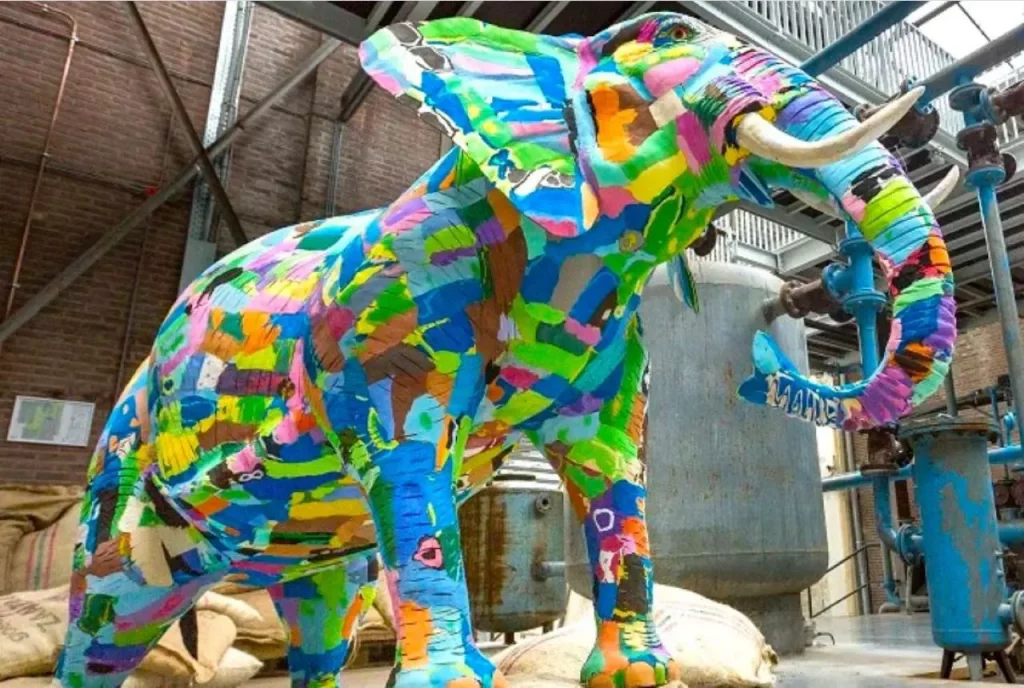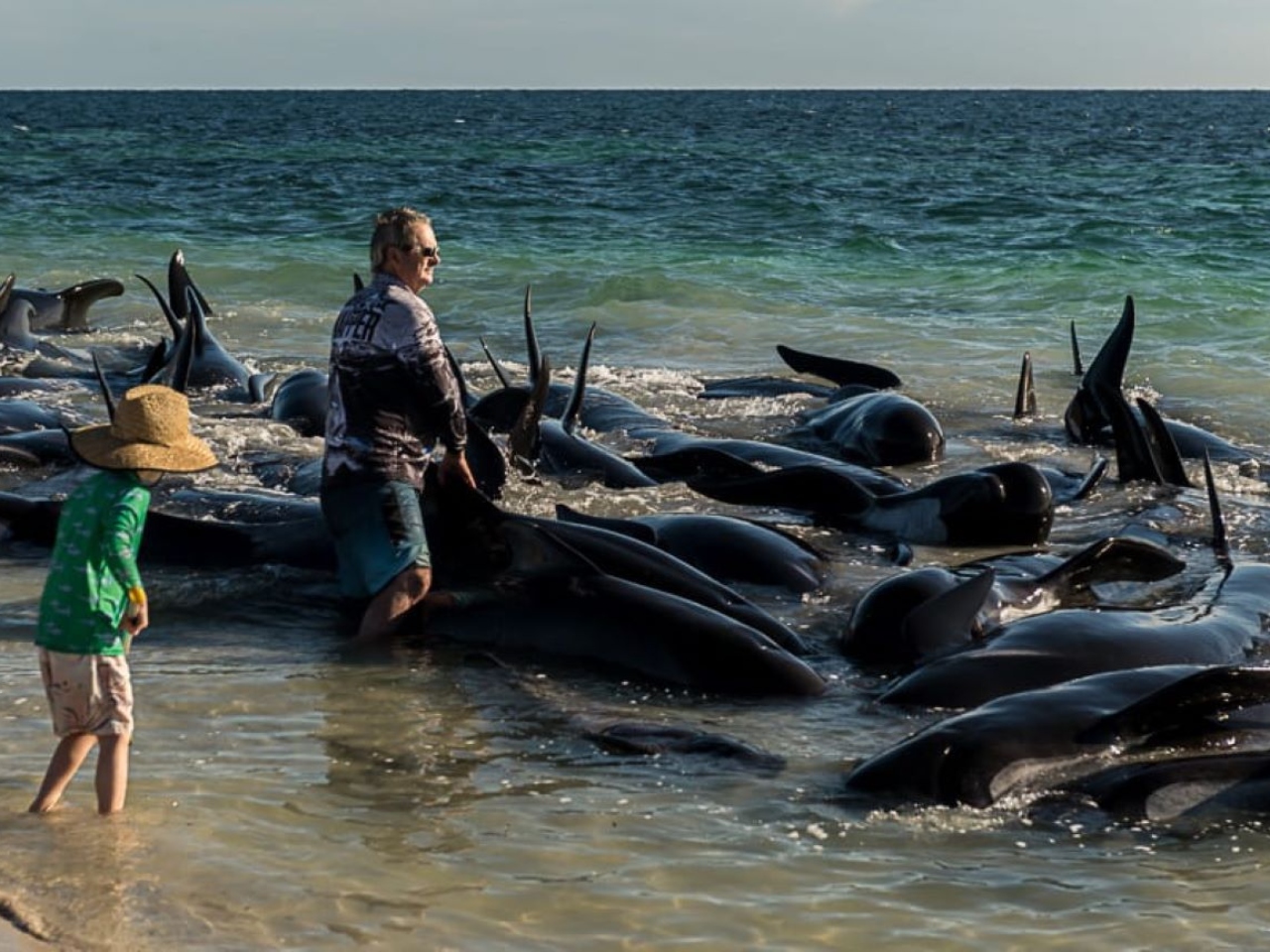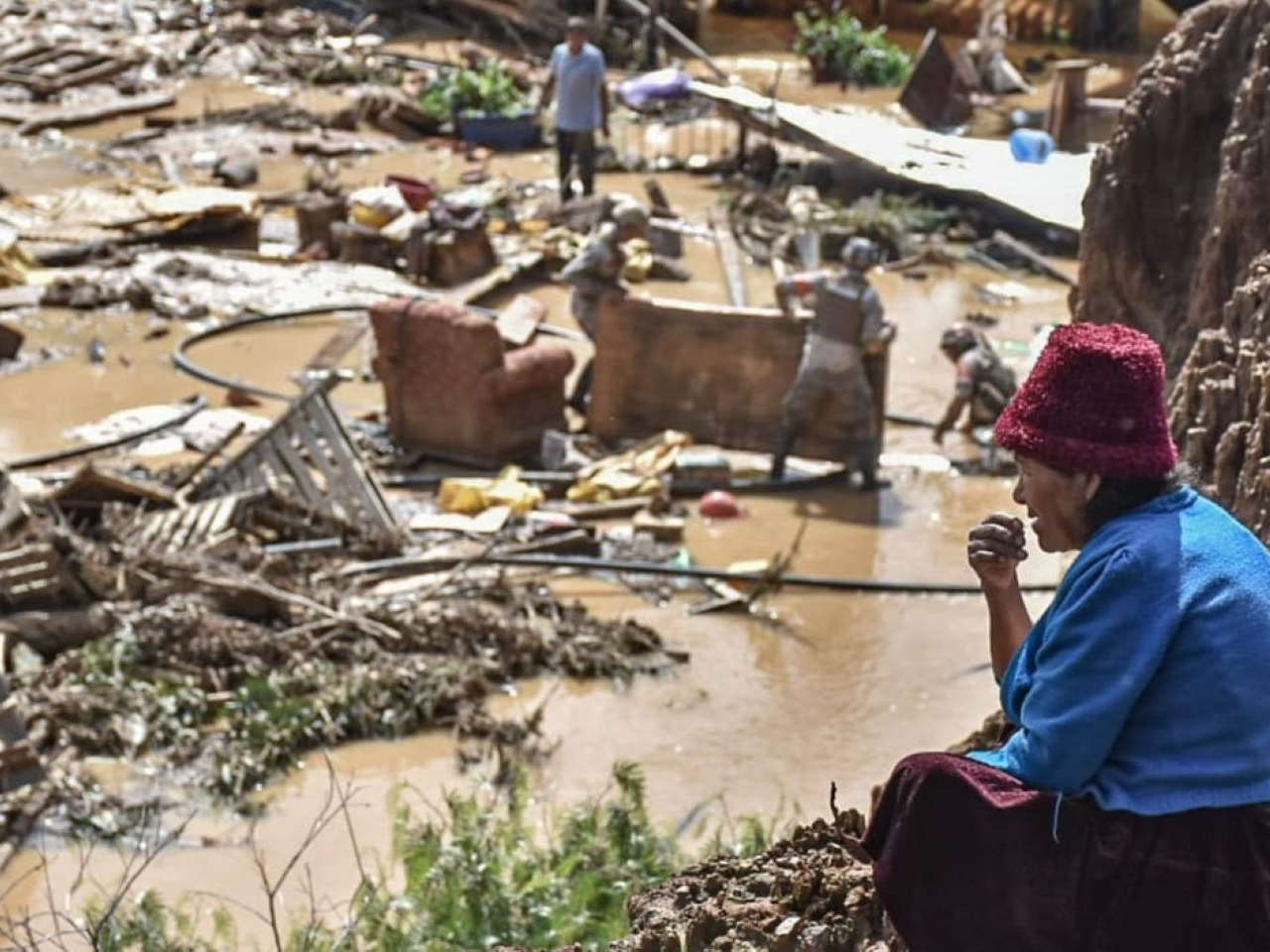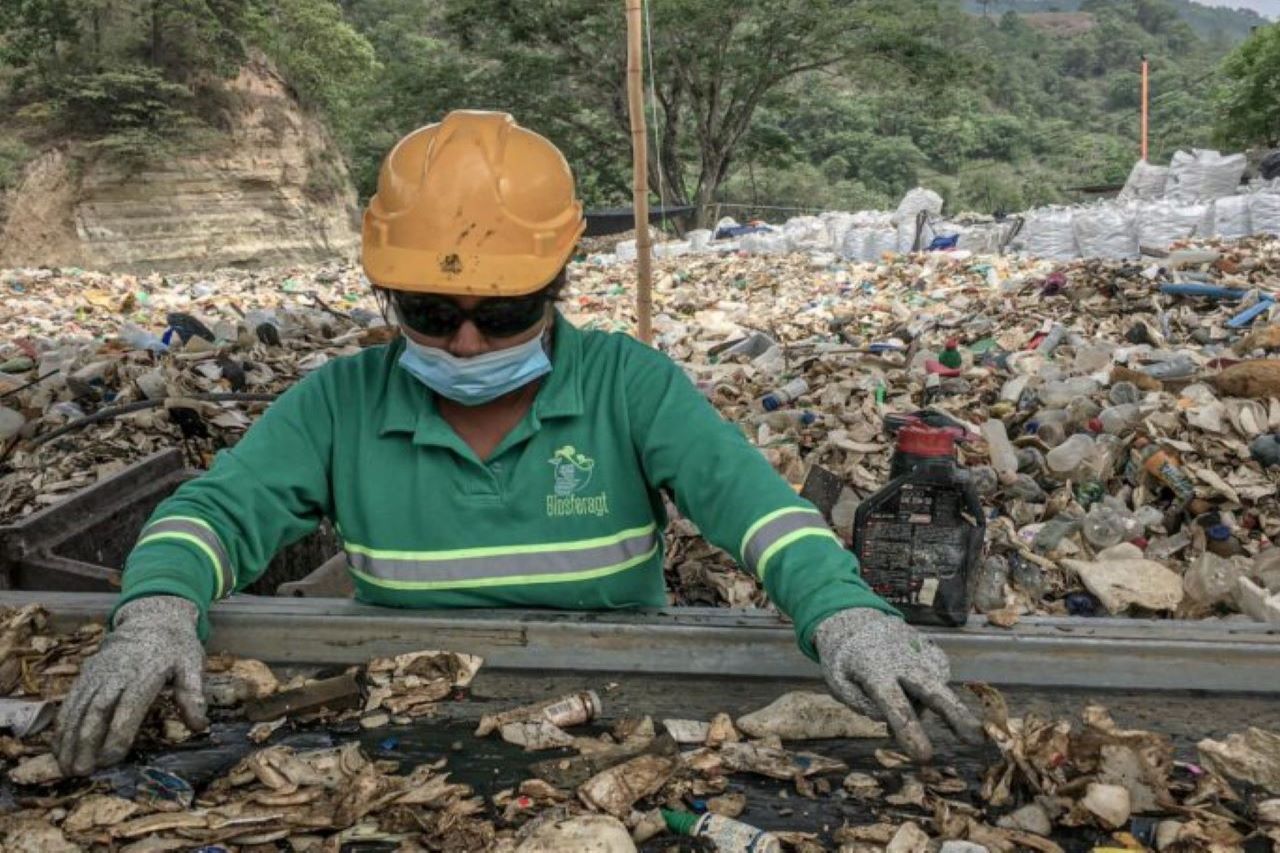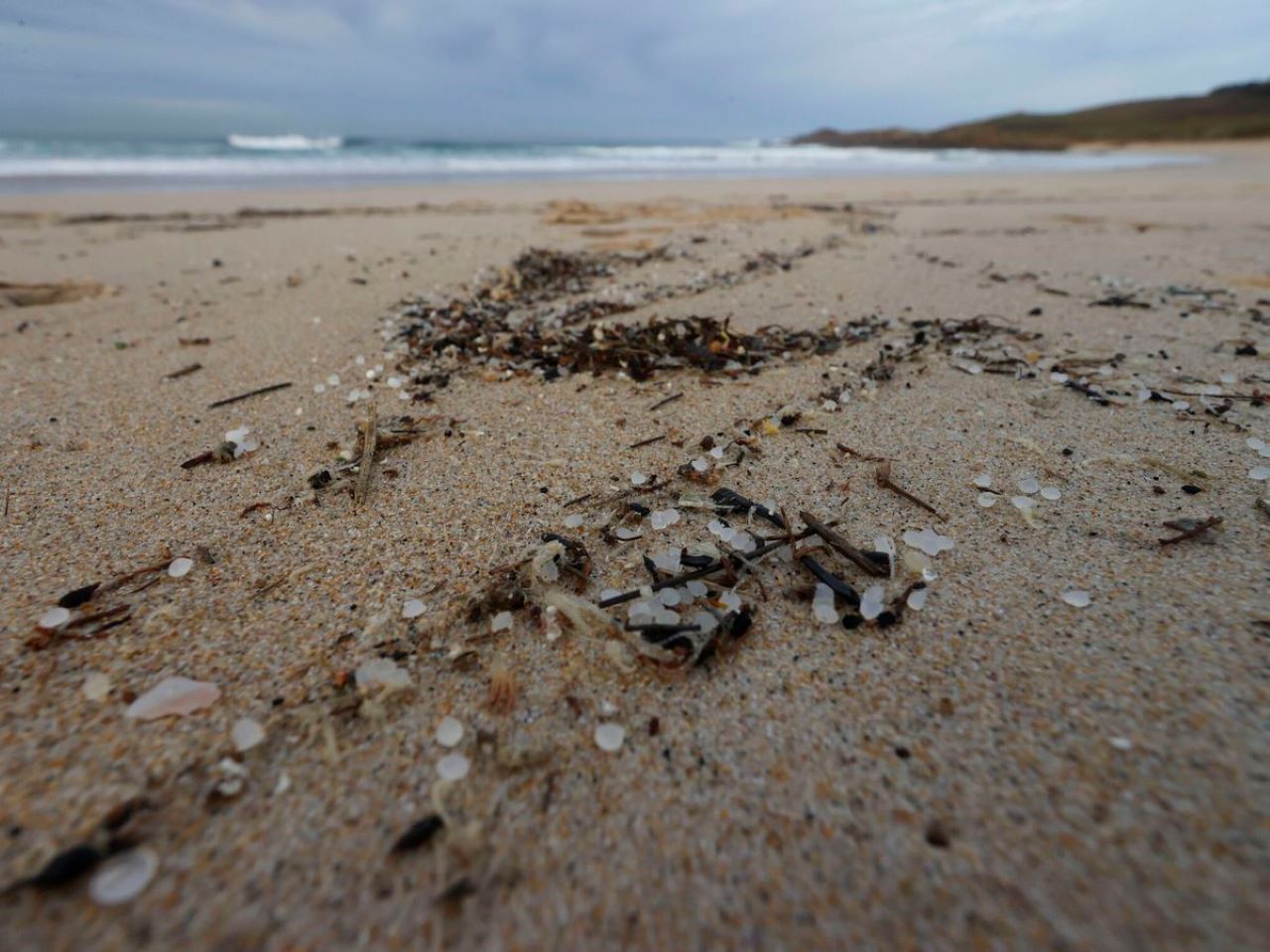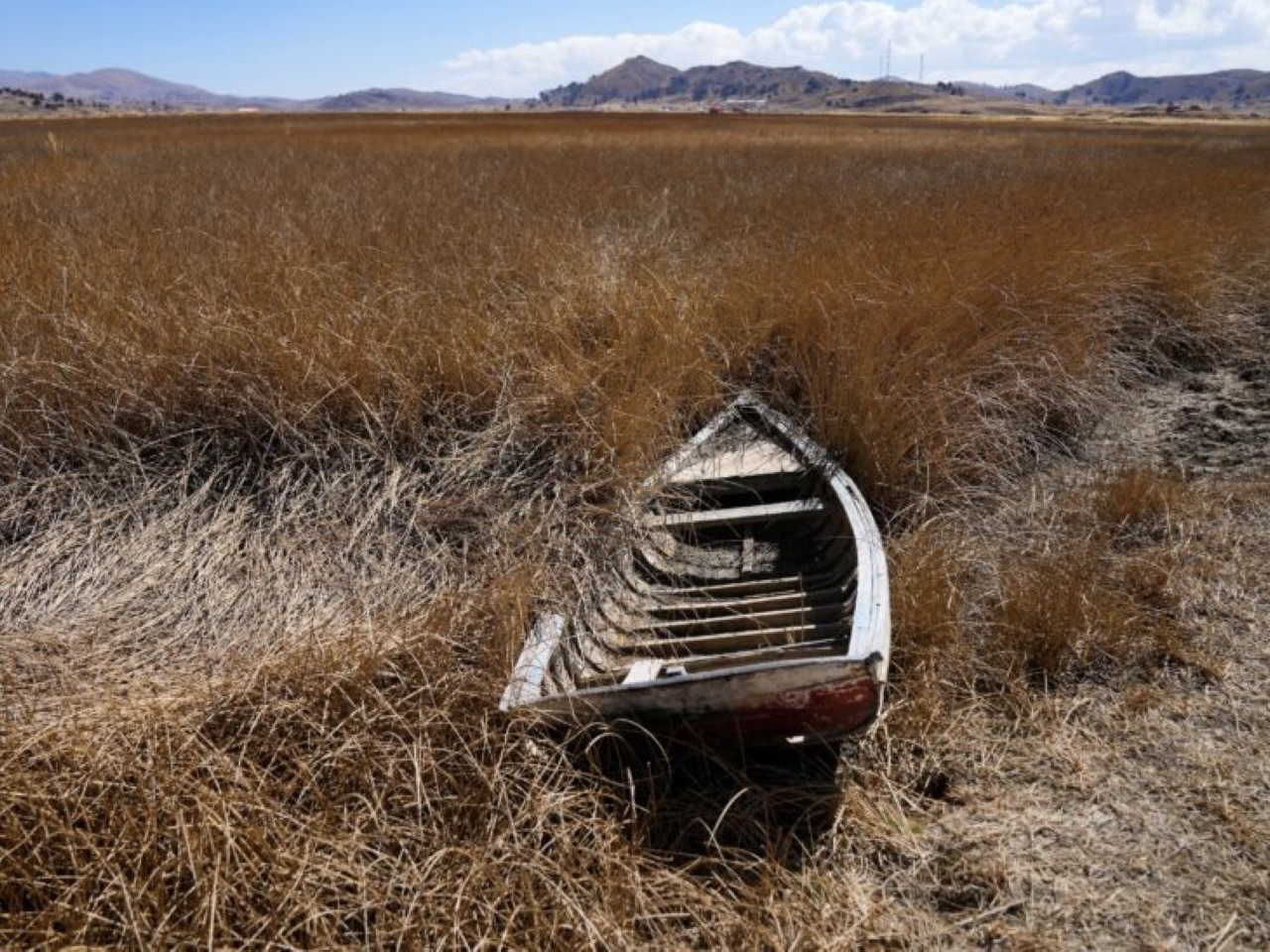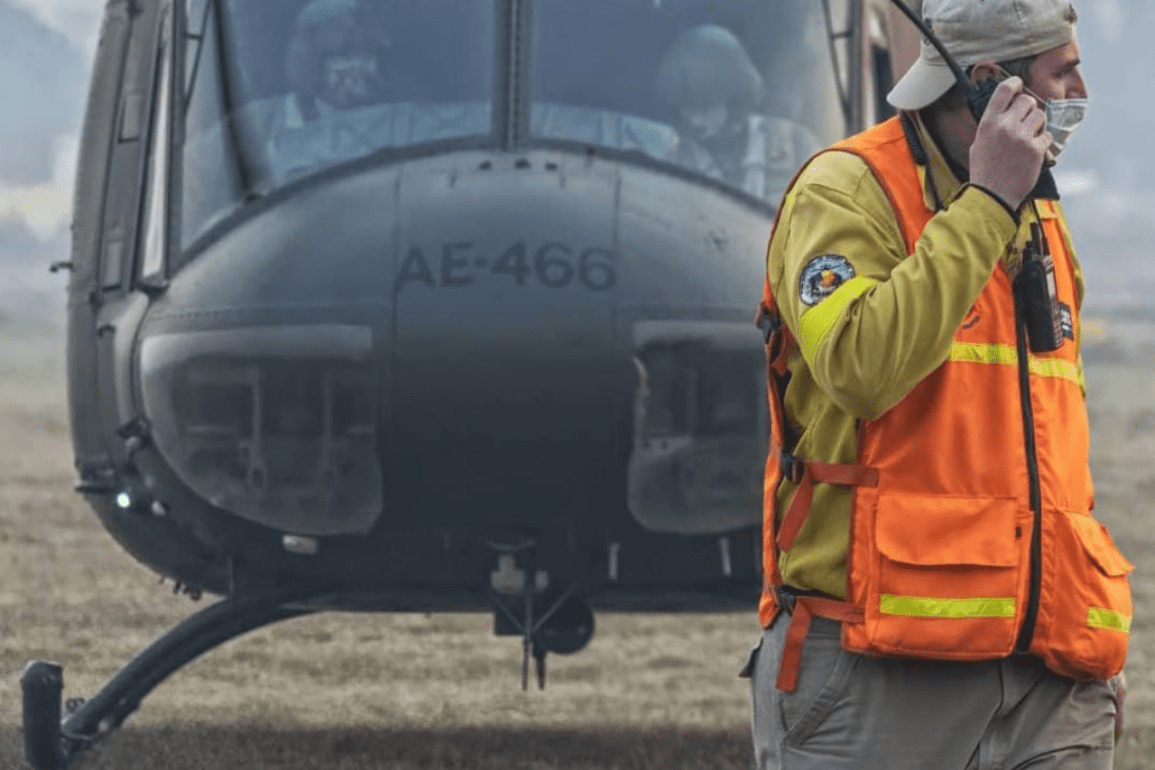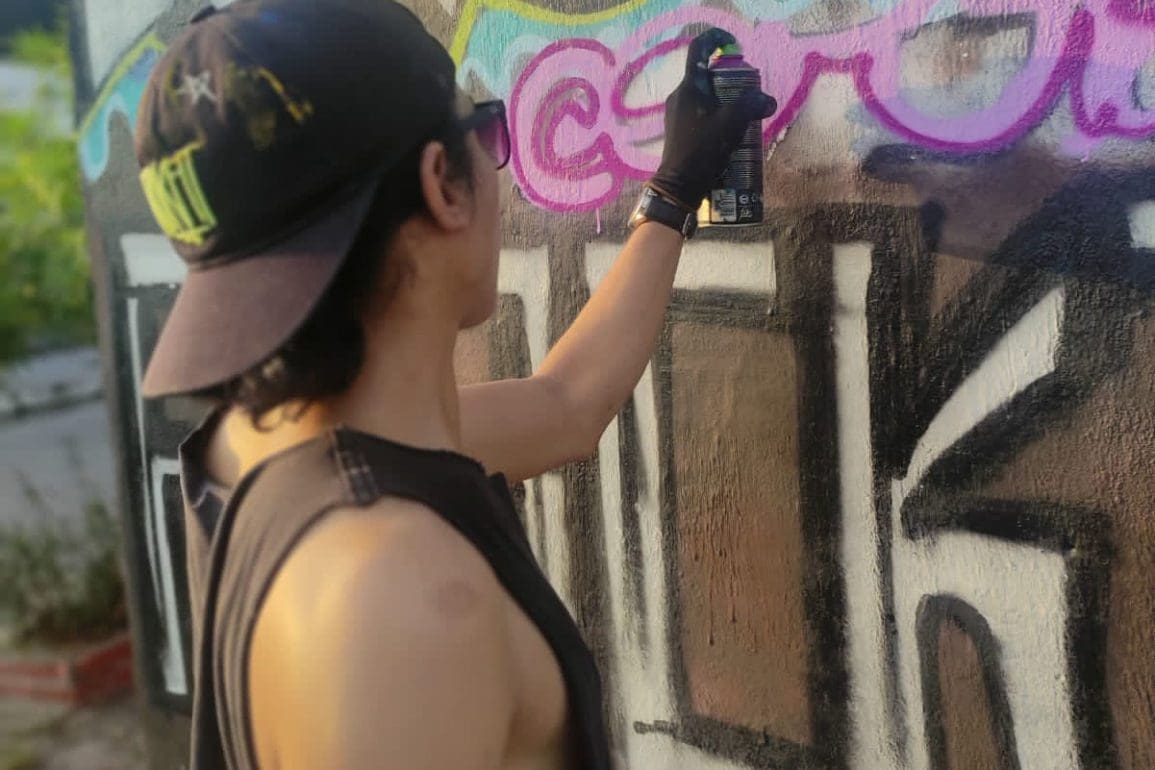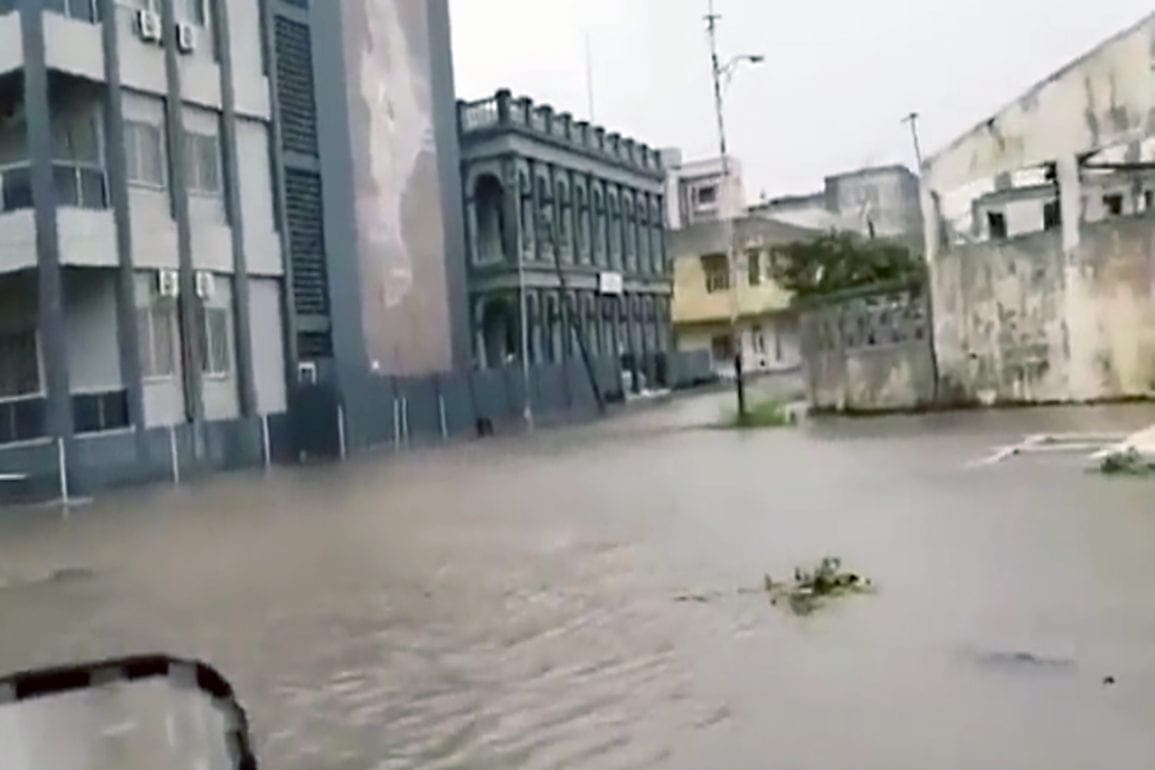Ocean Sole removes millions of flip-flops from the beach to make sellable art
On the shores and in the sea, we find plastic pieces. Some are as large as mattresses, while other pieces are so tiny, they are hard to collect by hand. At the end of the day, the flip-flops will become the material to make works of art, but we collect much more waste from the sea.
- 3 years ago
January 4, 2023
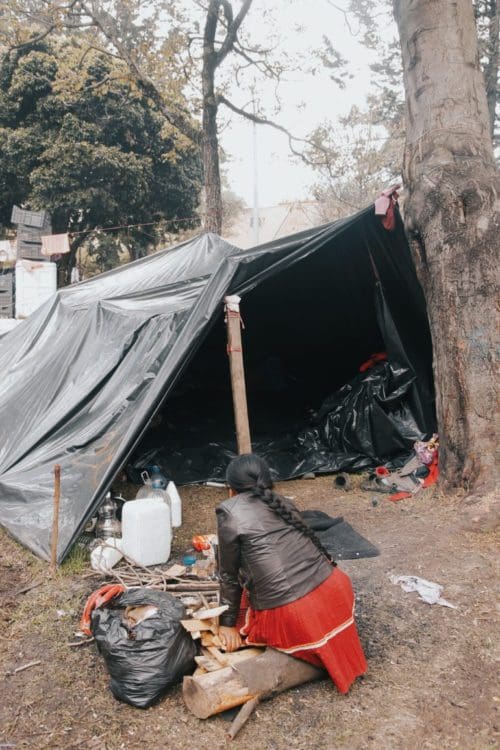
NAIROBI, Kenya – Along a section of Kenya’s coastline where I spend the day doing cleanup, piles of colorful flip-flops line the sand. I see blue, red, green, and all sorts of other colors. The pollution washes down streams and rivers, collecting at the sea.
We gather a half ton of waste on that part of the beach to take back to our processing facility at Ocean Sole. The flip-flops will become colorful works of art. My teammates and I share a desire to save marine life and restore Kenya’s coastline.
Giant piles of waste litter Kenya’s coastline
The staff and volunteers of Ocean Sole hold rakes and bags in their hands to pack up the collection. The process repeats every Saturday, as we host beach cleanups that recycle tons of flip-flops and ocean trash. Wearing protective gloves, I comb through a selected part of the beach and go about untangling trash found along the coastline.
Read more environmental stories from around the globe at Orato World Media.
On the shores and in the sea, we find plastic pieces. Some are as large as mattresses, while other pieces are so tiny, they are hard to collect by hand. To be more efficient, we look for innovative solutions. In the last few months, the team introduced a micro-sifter to remove small plastics from that sand that often go unnoticed by the human eye. We hope to clear the rubbish before animals confuse it for food.
At the end of the day, the flip-flops will become the material to make works of art, but we collect much more waste from the sea. At the end of the day, heaps of flip-flops lay piled up, awaiting transportation in trucks to the workshop. Others gather flip-flops from landfills.
Back at headquarters, we begin turning the trash into sellable works of art.
Turning flip-flops into sellable art sustains Kenyan families
At Ocean Sole’s workshop, Kenyans sort, wash, and dry the materials we collected that day. Once dry, they cut the flip-flops into designated shapes before sanding them. Next, the flip-flops are combined into blocks and sanded again.
A shape emerges – an elephant, a starfish, a turtle, a giraffe. The team diligently puts on the finishing touches like an ear or a nose, a fin for a fish, or a headlight for a car. After undergoing a quality control evaluation, the piece of art gets washed and dried and becomes ready for sale.
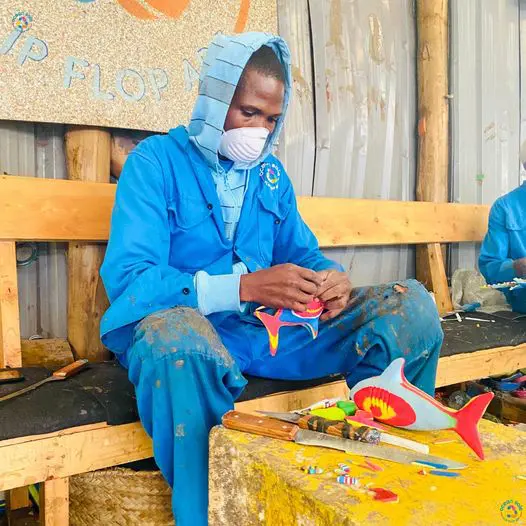
It feels great to connect people with our artwork, but we achieve even more. We educate society on ocean health and supporting low-income communities in Kenya. At Ocean Sole, the Kenyans who spend hours turning disposed ocean waste into art receive meals, healthcare, fair wages, career advancement, and educational opportunities.
I get to work somewhere fun and creative while being a passionate eco-advocate, spreading conservation awareness in Kenya and around the world.
Large sculptures circulate the globe, raise awareness about ocean pollution
At Ocean Sole, we aim to upcycle at least one million flip-flops washed up on Kenya’s beaches every year, and work together with local artisans to create income-generating projects. The work remains critical. It saddens me to know approximately 51 trillion microscopic pieces of waste litter the ocean – equivalent to 269,000 tons. That equates to the weight of 1,245 blue whales.
Even though the world’s oceans represent a massive expanse, it still adds up to a shocking density of plastic. Statistics say more than 46,000 pieces of plastic litter the ocean per square mile. As awareness of the problem grows, I see more and more individuals and groups volunteering for our beach cleanup campaigns.
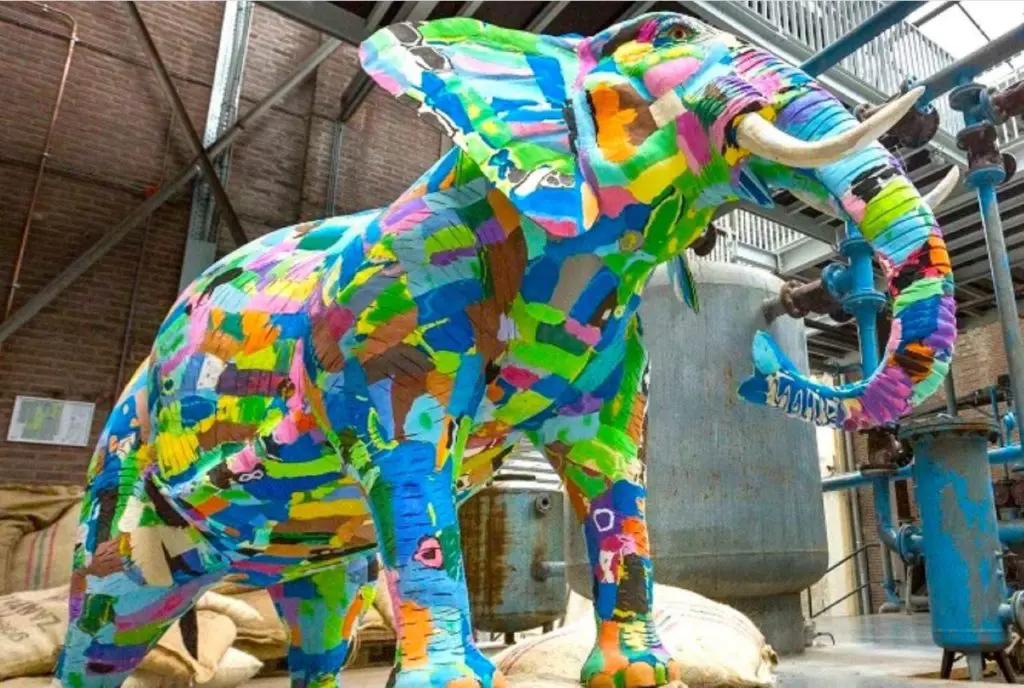
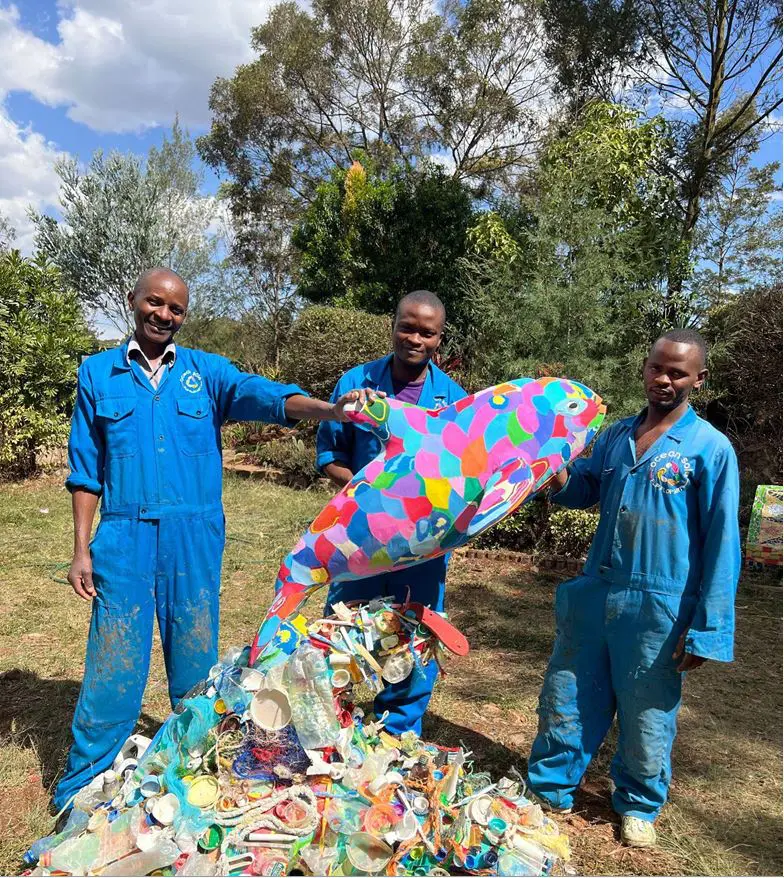
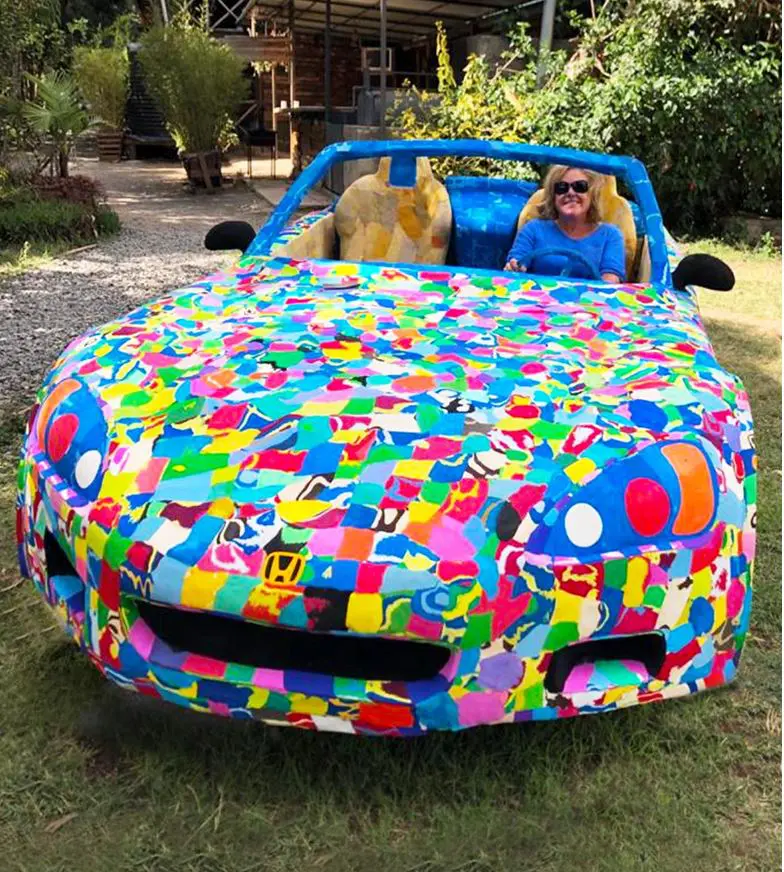


This noble idea has become a big venture because people want to help clean our water bodies. Through awareness efforts and educational programs, Ocean Sole motivates people to get involved. In the process, I have lived through incredible, memorable moments, like creating giant works of art from flip-flops that display around the world.
These masterpieces offer a visual awareness of ocean pollution that impacts everyone who sees them. Even though I work with an organization like Ocean Sole, I feel alarmed by the level of pollution in our oceans. Globally, 11 million metric tons of trash ends up in those waters every year. Knowing that, I must act; we all must.
All photos courtesy of Ocean Sole.

